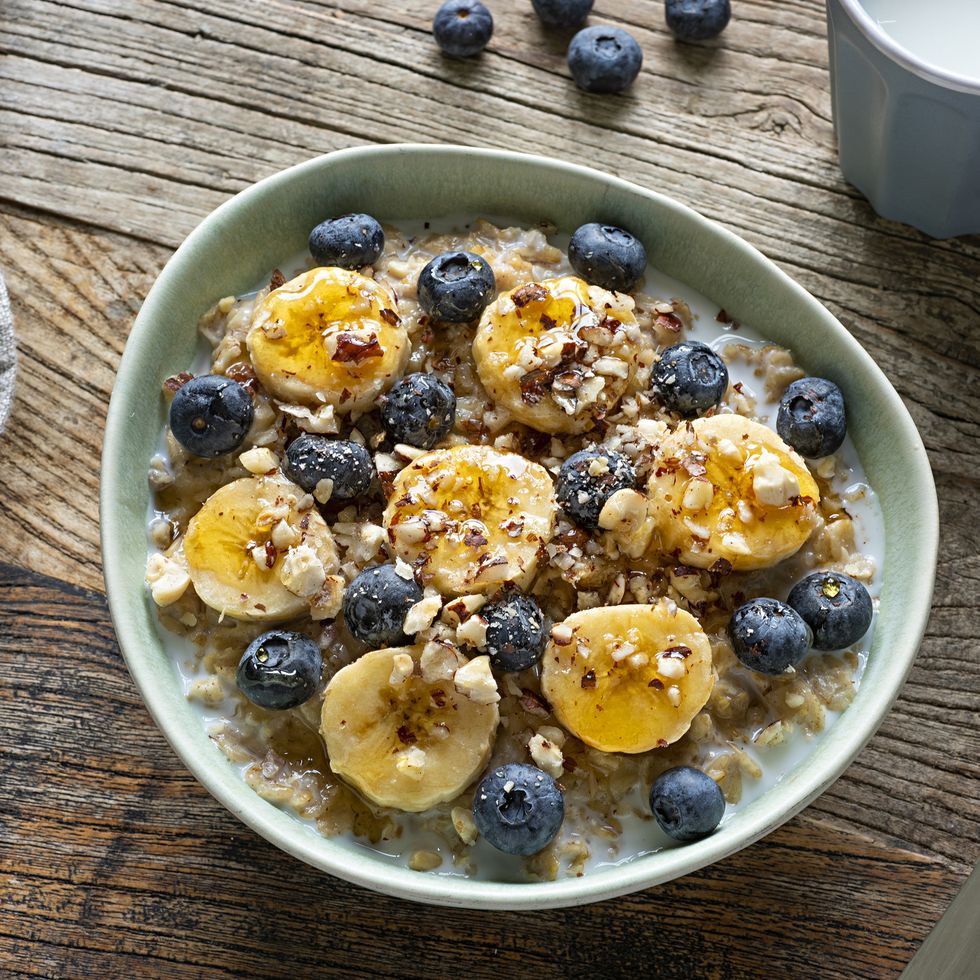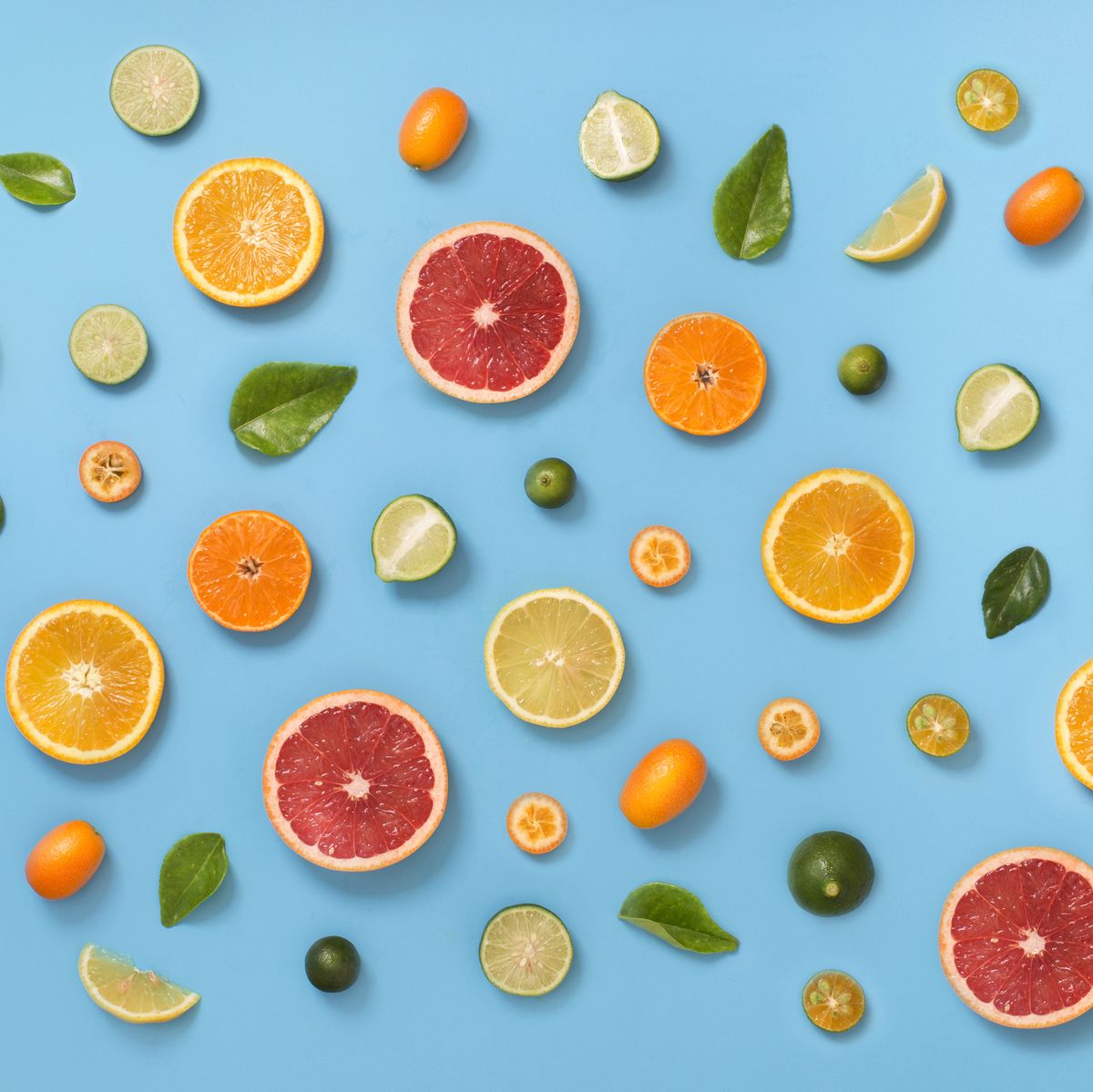Specific foods and drinks can help relieve symptoms and make you feel better, faster.
No one food will magically help you recover from COVID-19, but “nutrition plays a major role in immunity, so the body needs all the nutritional support it can get when you’re sick,” says Linda Shiue, MD, director of culinary medicine at Kaiser Permanente in San Francisco. “Eating a varied diet that includes leafy greens, whole grains and legumes, as well as minimizing processed foods, is known to help with inflammation and provide nutrients that your immune system needs to function and produce antibodies to fight the infection.”
Once you recover from COVID, it’s still important to continue feeding your immunity to help you stay healthy and primed to fight off other illnesses or future COVID reinfections. “Between 70% and 80% of the body’s immune system is housed in the gut, so eating a variety of food groups is key to keeping the gut microbiome diverse and able to enhance overall health,” explains Laura Iu, R.D., owner of Laura Iu Nutrition. “No single food will suddenly make
your immune system strong overnight, but consuming nutrient-dense foods over time plays a big role.” Focus on fiber-rich foods like whole grains, add fruits and vegetables whenever possible, include probiotic-rich foods like kimchi or kefir, cook with fats like canola and olive oil, and keep protein and iron-rich foods on rotation, Iu says.
Stuck with a cough and the sniffles? Time to soothe your symptoms and boost your immune system with these top foods for when you have COVID-19.
What to eat when you have COVID
1.Load up on vitamin C foods.
- Red bell peppers
- Oranges, grapefruit, and other citrus
- Papaya
- Kiwi
- Broccoli, cabbage, and other cruciferous veggies
- Berries
 OKSANAKIIAN//GETTY IMAGES
OKSANAKIIAN//GETTY IMAGES
2. Get some zinc and vitamin D
3. Lean into aromatics.
4. Focus on protein.
- Scrambled eggs
- Bone broth or bone broth-based soups
- Yogurt or kefir
- Smoothies with protein powder
- Toast with nut butter
- Tofu
5. Embrace herbs and spices.
Many of these flavor enhancers help fight inflammation and are rich in antioxidants, says Iu, and they can be especially helpful if you have diminished or lost sense of taste. “Season heavily with bold flavors like garlic powder, onion powder, black pepper, cayenne, cumin, and cinnamon so the flavors can come through,” Iu adds. Cayenne in particular is a good one to utilize if you can handle spicy — it has a high concentration of capsaicin, says Iu, an anti-inflammatory substance that gives it its kick and may help reduce nasal congestion. Fresh or dried ginger, low sodium curry blends, nutmeg, cloves and all fresh or dried herbs also fit the bill.
5. Try hydrating foods.
Hydration is super crucial to help your body function properly, both when you’re sick and healthy. Besides the most obvious hydration solution — liquids — most fruits and veggies are also high in H20, and many also contain minerals that function as electrolytes to help balance fluid levels in the body. But these are standouts:
- Berries
- Melons
- Citrus
- Cucumber
- Tomatoes
- Lettuces
6. Go for whole grains.
- Oats
- Quinoa
- Barley
- Kamut
- Farro
- Brown rice
- Bulgur
- Fonio
- Teff
- Whole wheat bread, pasta, or crackers
 BURCU ATALAY TANKUT//GETTY IMAGES
BURCU ATALAY TANKUT//GETTY IMAGES
7. Get some omega-3s.
- Chia seeds
- Ground flaxseeds
- Fatty fish like salmon, herring, sardines, trout, mackerel
- Walnuts
8. Add some spiciness
If you can handle heat and it doesn’t bother your throat, have some spicy dishes to clear things up. “Spiciness can naturally decrease congestion. Korean cuisine boasts many spicy stews, which contain fermented foods like kimchi to provide gut-friendly probiotics,” says Dr. Shiue. “Try kimchi jjigae, which contains kimchi, various protein sources, and sometimes mushrooms, which can be a source of vitamin D.” If you’re not in the mood to try something new, add fresh or dried hot chili peppers to your meals.
Foods to avoid
In general, it’s a good idea to limit or avoid foods that are high in sugar or sodium, as well as alcohol. Also take a pass on highly processed foods that have minimal nutritional value, like chips, desserts and candy.
Bottom line: Homemade meals that contain whole grains, protein, and plenty of fruits and vegetablesare ideal, as is staying properly hydrated — but “it’s important to keep in mind that we all have different access levels to food, so it’s okay if you need to lean on takeout, too,” says Iu. “At the end of the day, it’s more important that you’re actually eating.” That’s because when you have COVID, your body is under increased stress and typically needs more calories than you might normally consume, Iu explains, since it’s working harder to fight the infection.



